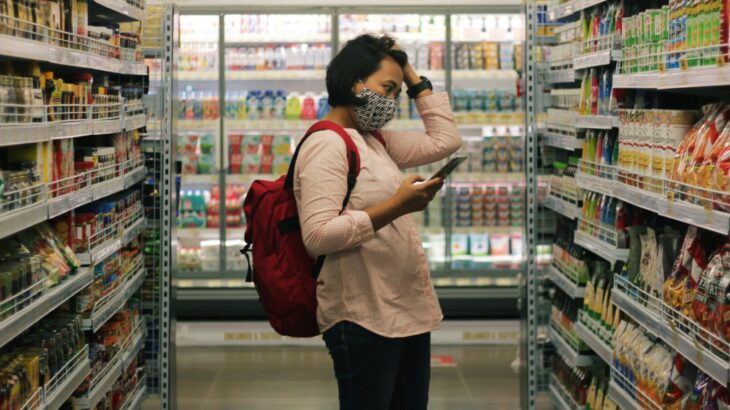Best Before vs Use-By: When should I throw away my chocolate?
Have you ever gone shopping and found that the date printed on the food package you were holding was only a few days away? Then you question whether this food is still safe to eat for the next week. Or maybe it should not even be sold? Or perhaps you have snacks that you have not opened the packaging for and see that the date printed on the packaging is today? Should these snacks be thrown away or are can they still be eaten?
Did you know that there are actually two types of dates on the packaging, namely best before and use by? Both help you determine whether the food should be thrown away immediately or whether it is still suitable to be eaten. Are you confused about the difference?
Well, you are not alone. Consumers often have difficulty understanding ‘best before’ dates, which refer to the expected quality of food, and distinguishing them from ‘use-by’ dates.
The EU-27 consumer market study in 2012 revealed that only 36% of consumers correctly interpreted the meaning of ‘best before’ dates and were able to differentiate them from ‘use by’ dates. According to another study, carried out for the European Commission in 2013, 40% of respondents found the labels in the voluntary food labelling scheme difficult to understand, and the logos and symbols on the scheme’s labels confusing. Moreover, the presence of double date labelling (e.g. displaying ‘sell by’, which is used by retailers to rotate stock, along with a ‘use-by’ date) on the same product does not make consumers’ decisions to buy and throw away food any easier, sometimes even making the decision more difficult for consumers (Valant, 2015).
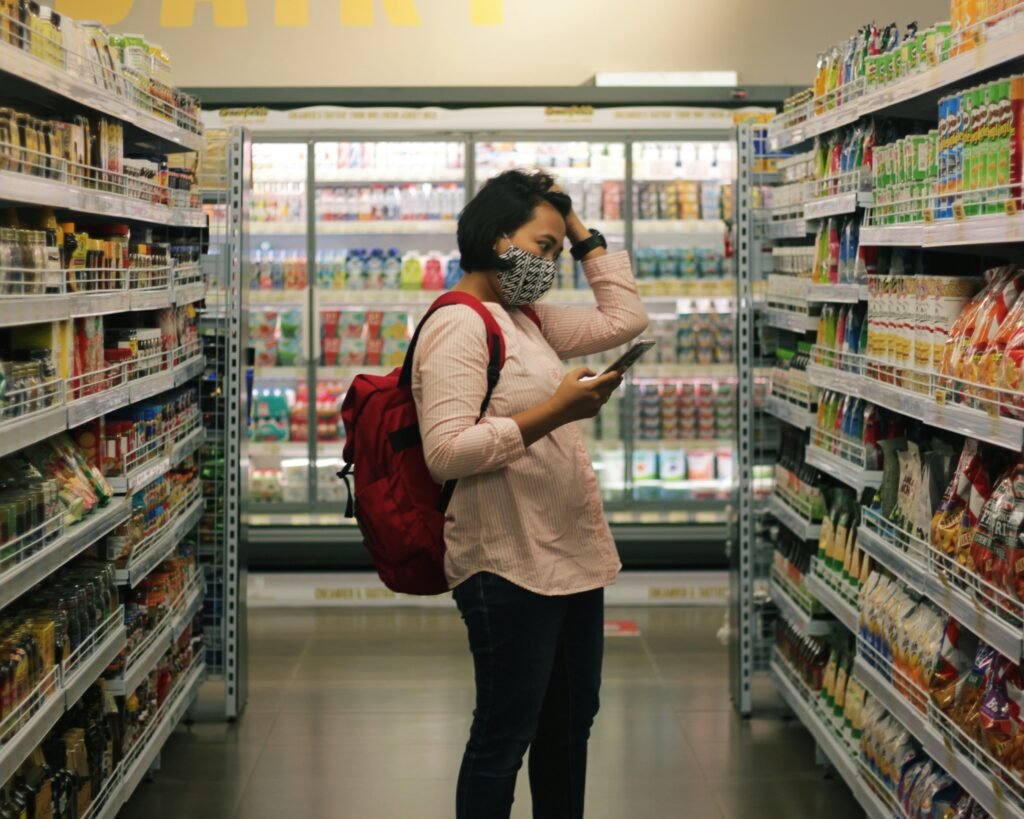
What are Use-By and Best Before dates?
It is crucial to understand the distinction between best before and use-by dates, especially when it comes to food safety. Many packaged foods display either a use-by date, which pertains to food safety, or a best before date, which concerns food quality. A use-by date indicates the point at which the food may no longer be safe to eat, regardless of its appearance or smell. It is essential to never consume food past its use-by date, as it could lead to severe illness (FSA, 2023).
On the other hand, the best before date, sometimes labelled as BBE (best before end), primarily signifies the quality rather than the safety of the food. After the best before date indicated on the product, the food may still be safe to eat but might not retain its optimal quality. Various foods – including frozen items like peas and ice cream, dried goods such as pasta and rice, tinned foods like baked beans and canned tomatoes, and cheese – feature best before dates. However, the accuracy of the best before date depends on adhering to the storage instructions provided on the packaging.
When dealing with foods marked with a best before date which relates to food quality, consumers may rely on sensory indicators to determine if the food remains suitable for consumption. For instance, checking for visible mould on bread, tasting to detect staleness in biscuits or crisps, or sniffing dairy products to identify any sourness can help assess their edibility (FSA, 2023).
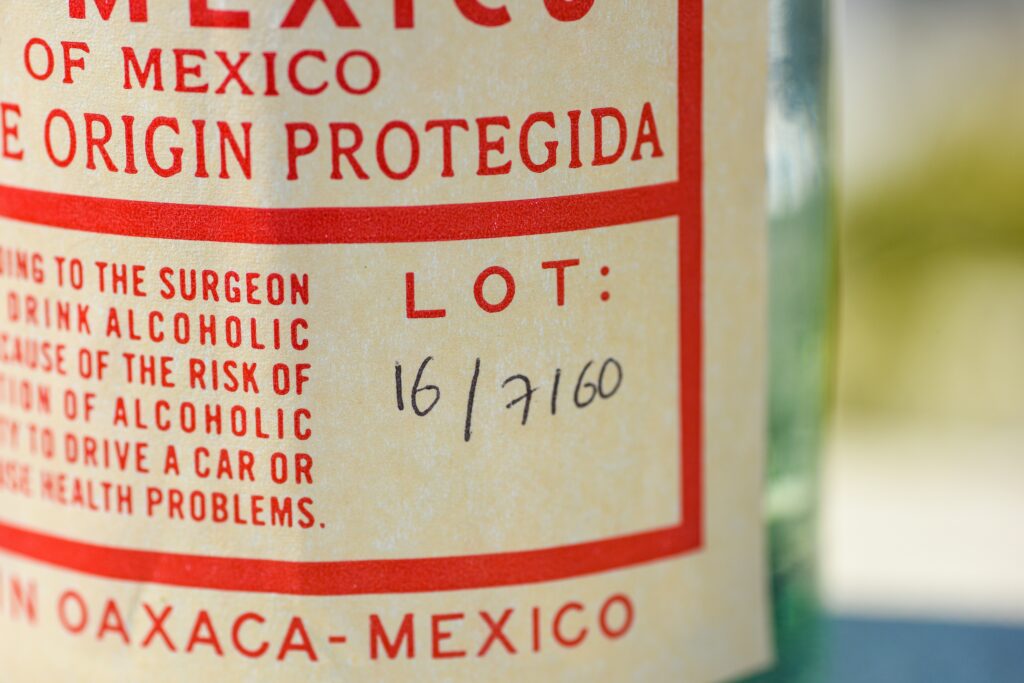
It is important to understand best before and use-by dates on food labels to keep food safe and to help reduce food waste. Food may contain bacteria and, if stored for too long or at the wrong temperature, can cause food poisoning.
Moreover, the Dutch Food and Consumer Product Safety Authority, known as the NVWA (Nederlandse Voedsel- en Waren Autoriteit), provides a comprehensive summary containing expiration tables for various types of products. These tables specify the permissible duration for distributing each product after its THT-date (the date until which the product is deemed safe for consumption). It is important to note that during this designated period, there are no anticipated health risks associated with the distribution of these products (Voedselbanken, 2024). Apart from specific legislation (such as for eggs for direct human consumption), the marketing of foods after their ‘best before’ date has passed is not prohibited by EU legislation, under the condition that it is still safe and their appearance is not misleading (Valant, 2015).
Now you know whether it is safe to eat or throw away your chocolate from the date provided in the packaging.
But if the date is labelled in a different language, what then?
Well, some countries use their language to label this date marking. Some information that may be useful for WUR students are:
Based on Voedselbanken (2024), packed food products produced in the Netherlands always have an expiration date:
THT (tenminste houdbaar tot) – best before:
This is on most products and indicates that the quality of this product is guaranteed by the producer until the date stated on the label. THT is used for dry goods and most refrigerated products that have to be stored at a given temperature.
TGT (te gebruiken tot) – use-by:
This is on products that have a very short shelf life, such as fresh meat, fresh chicken, fresh fish and fresh dairy products. These products must be stored at 0-4 degrees Celsius. It is recommended not to eat these products after this date because they may be spoiled.
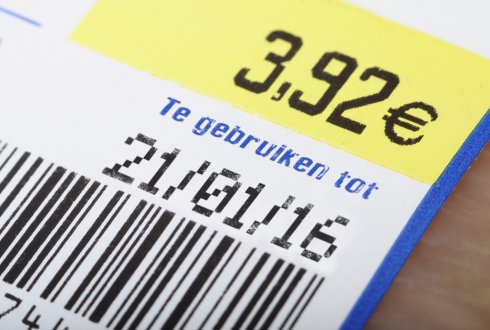
If you have purchased products from France, it is the same. The best before date is called Date de Durée Minimale (DDM). It will be labelled as A consommer jusqu’au in the package. The expiry date or use-by date is called Date Limite de Consommation (DLC) and will be labelled as A consommer de preference avant in the package.
And if you buy products from neighbouring Germany, the system for indicating use-by and best before dates on food products is similar to that used in many other countries.
The use-by date (in German, Verbrauchsdatum or mindestens haltbar bis or sometimes Zu verbrauchen bis or Zu verzehren bis) is the date until which the food is considered safe to consume. It is typically found on perishable items like meat, dairy, and ready-to-eat meals. Consumers need to adhere to the use-by date and not consume the product after this date has passed as it may pose a risk to their health.
The best before date (in German, Mindesthaltbarkeitsdatum or “MHD” or sometimes Mindestens haltbar bis) indicates the date until which the food product is expected to retain its optimal quality, such as taste, texture, and nutritional value. It is commonly found on non-perishable items like canned goods, dry goods, and snacks. While it is safe to consume products after the best before date, they may not taste as fresh or be as nutritious as before.
Understanding and using the dates on food packages, like use-by and best before dates, can help reduce wasted food in the EU. Why?
A study by the European Commission in 2018 found that about 10% of the food thrown away each year in the EU is because of these dates. When people do not understand what use-by and best before dates mean, they might end up throwing away perfectly good food at home. To fix this, the Commission wants to change the rules about these dates as part of the new Farm to Fork Strategy. The goal is to stop food waste caused by misunderstandings or mistakes associated with these dates, while still keeping food safe to eat (European Commission, n.d.).
The EU wants to clear up confusion about dates on food packages. The Commission’s plan, guided by the Farm to Fork Strategy, understands how much wasted food comes from not understanding or using these dates correctly. By updating EU rules on date markings, the aim is to make sure less food gets thrown away unnecessarily, while also keeping food safe. The focus is on giving people the right information to make better choices about food, without risking anyone’s health.
Some Member States have suggested removing ‘best before’ labels for items such as coffee, pasta, and rice, which have a long shelf life. This adjustment aims to decrease food waste, which amounts to 90 to 100 million tons of food each year in Europe alone, and this number is predicted to increase.
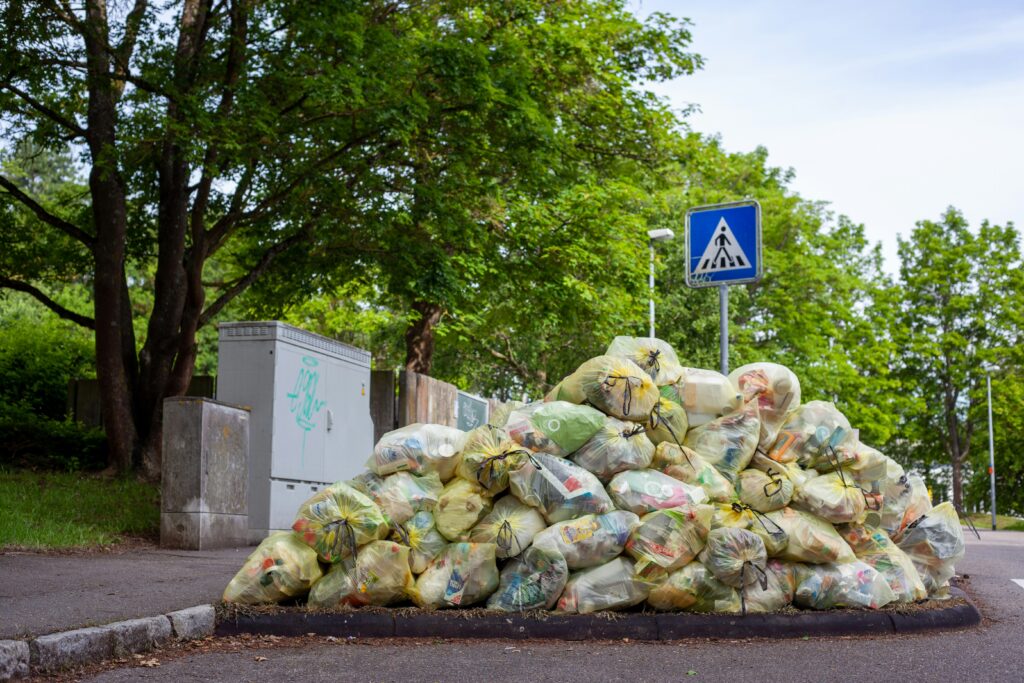
This proposed change in labelling could serve as a way to lessen food waste while also resolving the current consumer confusion. Regarding all these regulations and food policies, the consumer’s understanding of the use-by and best before dates is crucial to decision-making and reducing food waste.
Written by: Edy Ridwanda Sembiring
Edited by: Shirsho Roy Chowdhury
References:
- Food Standards Agency. (2023). Best before and use-by dates. https://www.food.gov.uk/safety-hygiene/best-before-and-use-by-dates
- Jana Valant. (2015). ‘Best before’ date labels: Protecting consumers and limiting food waste. EPRS | European Parliamentary Research Service.
- European Commission. (n.d.). Date marking and food waste prevention. https://food.ec.europa.eu/safety/food-waste/eu-actions-against-food-waste/date-marking-and-food-waste-prevention_en
- Voedselbanken. (2024). Best before use by dates. Voedselbanken.nl Amsterdam and Regional Distributiecentrum. https://amsterdam.voedselbank.org/english/best-before-dates
